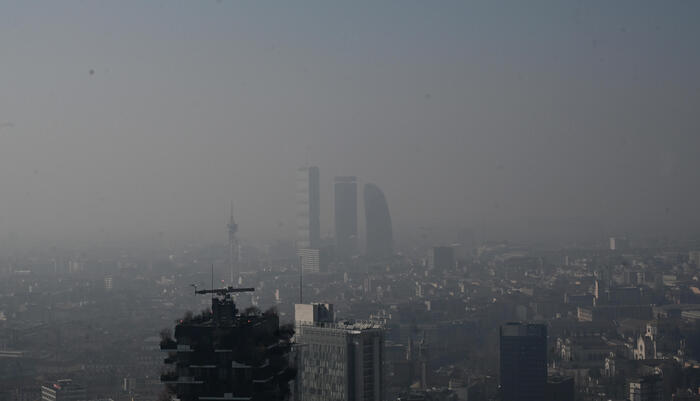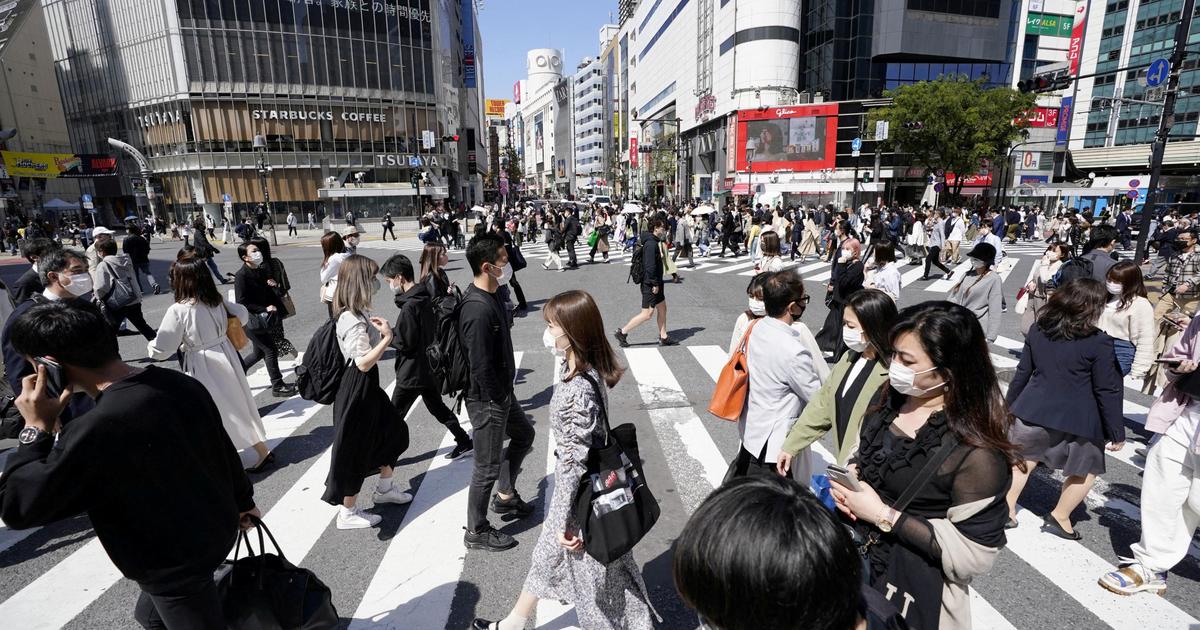Measuring the excess mortality linked to the Covid-19 pandemic without hindsight is not an easy exercise. So much so that on social networks, publications which assimilate the mortality of Covid-19 to that of a "big flu" have been quite successful.
Read also: Damien Le Guay: "In the fight for life, we forgot the accompaniment of death"
Monday, an INSEE study took stock of additional deaths in France between the beginning of March and April 19, 2020. For this, it was based on a comparison with the number of deaths on the same period between 2015 and 2019. This study puts the number of additional deaths during these seven weeks of spring 2020 at 22,140, or 26% more than the previous five years, all causes taken together. Indeed, INSEE is not informed of the causes of death but only of their number and cannot therefore link them with certainty to the Covid-19.
Not surprisingly, the Île-de-France and Grand Est regions are more affected by this excess mortality. But above all, this study allows us to see more precisely the increase in deaths as a function of the size of the municipalities. In the densest cities, the excess mortality thus reaches 49%, against 26% for the whole of France. "The rise in deaths is strongest in densely populated areas although the population is on average younger," summarizes INSEE. Conversely, in less dense territories, "deaths in 2020 are rather stable compared to previous years". However, these less populated municipalities shelter a population "on average older, and therefore more fragile compared to Covid-19" . "Interactions between individuals are less frequent and therefore the risk of contamination lower," suggests the study as the main explanation for this phenomenon.
Socio-demographic inequalities
However, not all large cities, even nearby, were affected with the same force by this wave of deaths. Thus, it was almost twice as numerous during this period in Saint-Denis as in Paris, two cities where the virus was very present. Saint-Denis, with Mulhouse, has the highest excess death over this period (+ 172% and + 165% respectively). Then come Strasbourg (+ 111%), Argenteuil (+ 109%) then Paris (+ 98%) and Montreuil (+ 90%).
One can imagine that mortality was higher in Saint-Denis due to the poorer health of the population in the popular communes, which shelter more ex-retired workers and overweight people.
Laurent Chalard, geographer“This comparison of the figures between Saint-Denis, one of the youngest municipalities in France, and Paris, also makes it possible to measure socio-demographic inequalities between municipalities. One can imagine that mortality was higher in Saint-Denis due to the poorer health of the population in the popular communes, which house more former retired workers and overweight people. The rules of containment may also have been observed in a less strict manner , ” decrypts the geographer Laurent Chalard, member of the think-tank European Center for International Affairs. At the other end, cities like Clermont-Ferrand, Brest or Caen have not experienced excess mortality, the study finally points out.
If this analysis provides a first demographic and geographic overview of excess mortality during a few weeks of the peak of the Covid-19 epidemic, it is in no way akin to a review. "We will have to wait until the end of the year , warns Laurent Chalard, because the next six months could as well be marked by a second wave of deaths as by under-mortality . "














